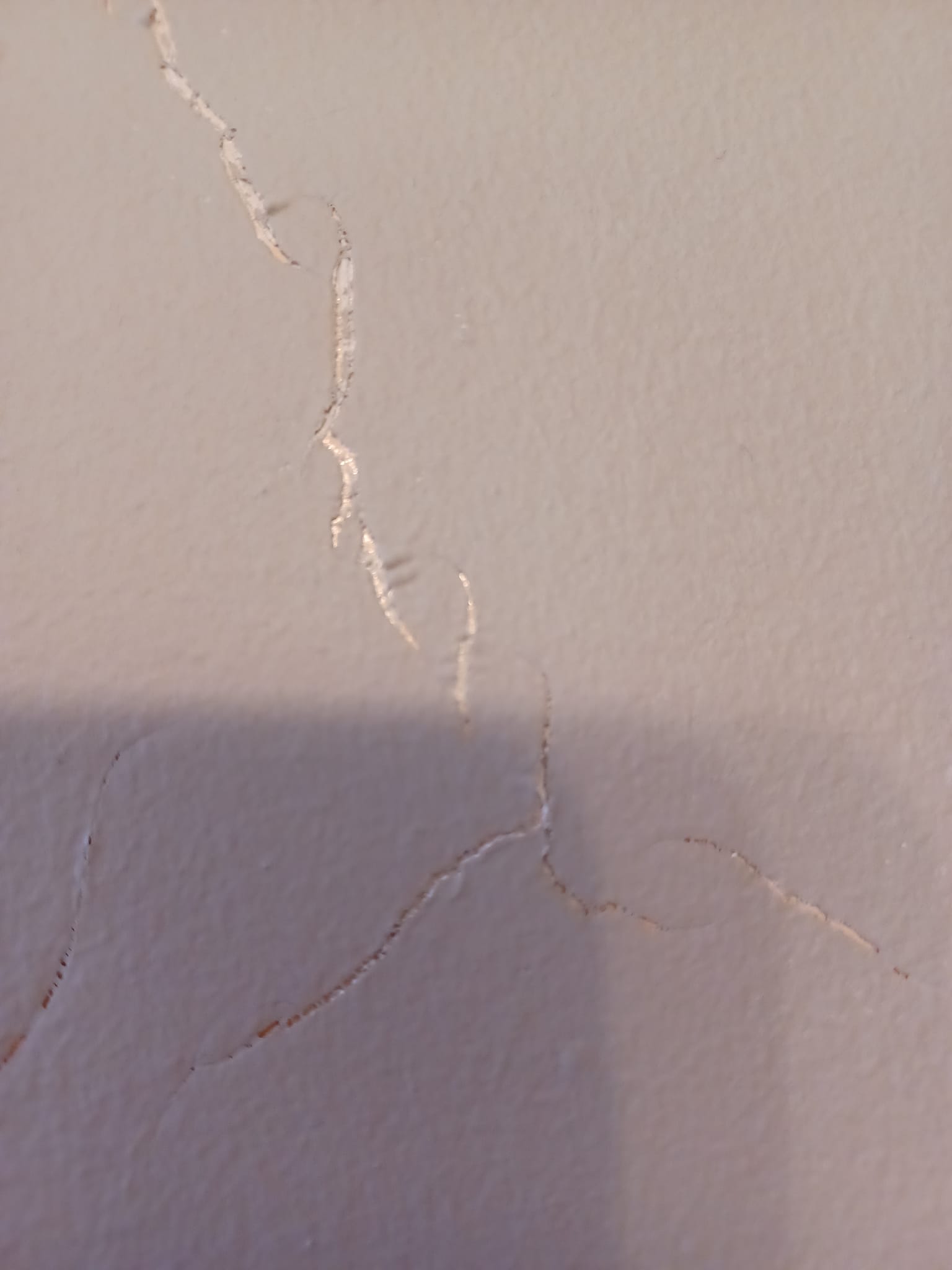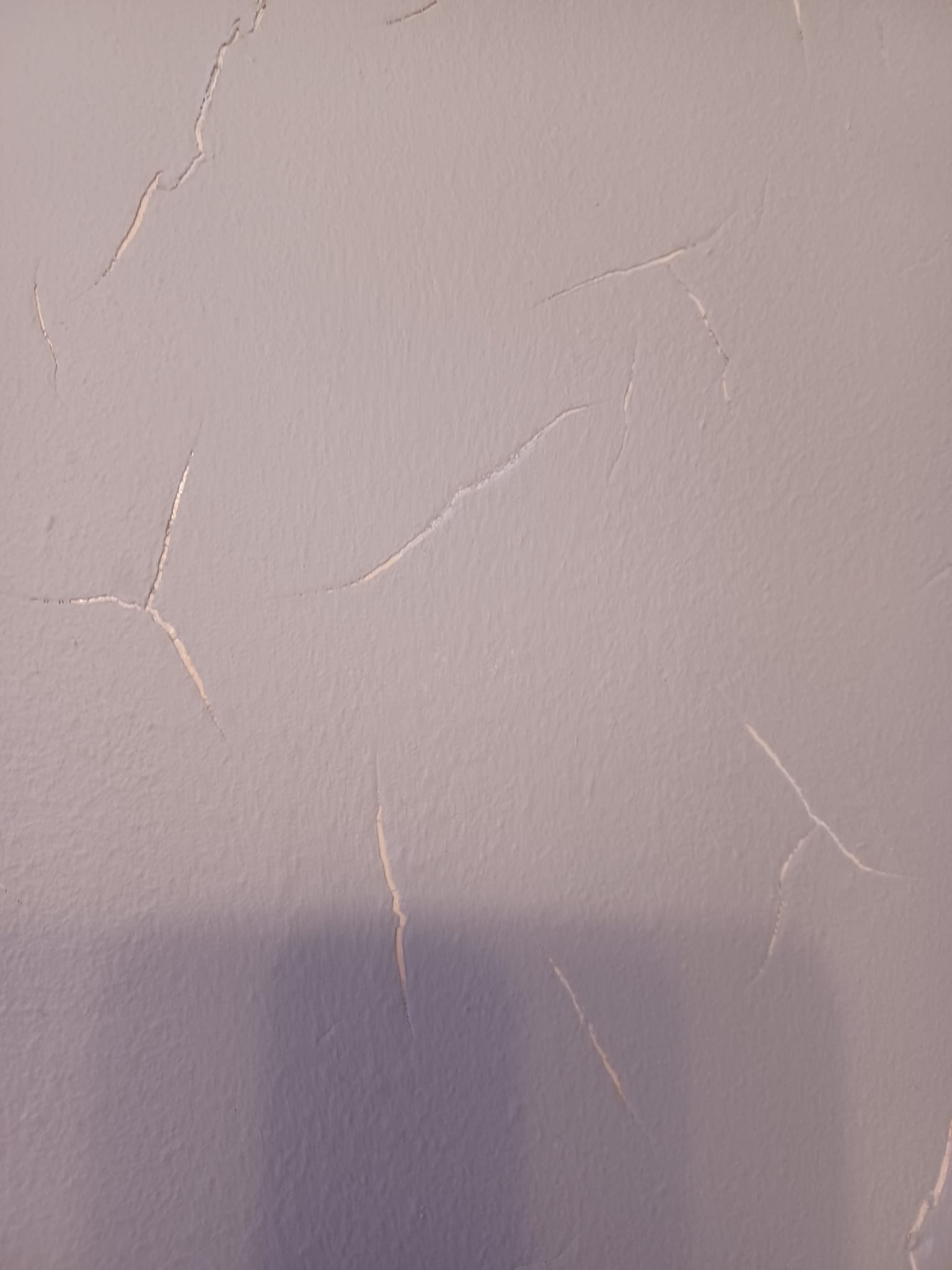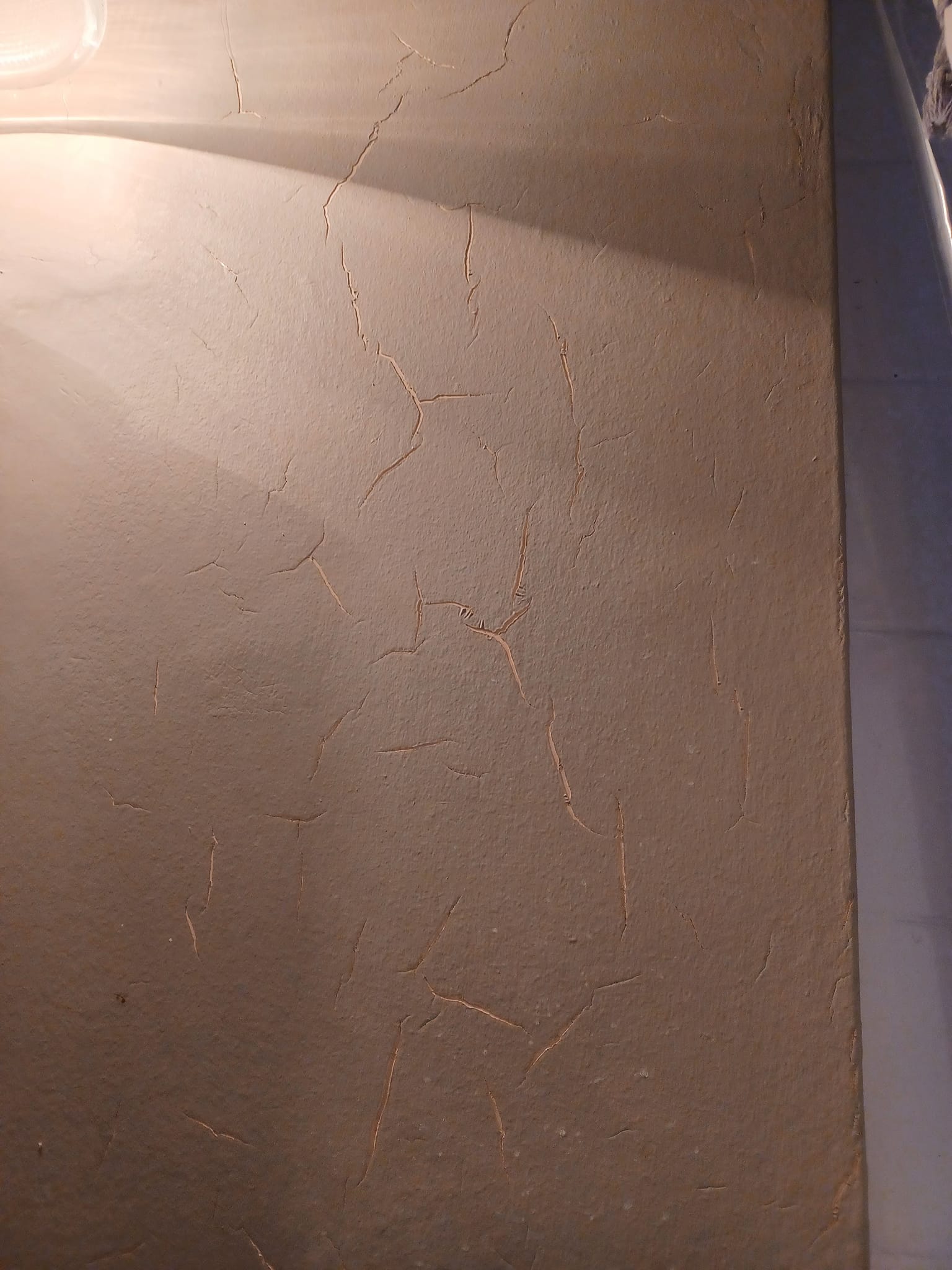Why is the paint in my bathroom cracking only 5 months after painting, and what can I do to prevent this from happening again?
8 months ago
Last Updated: October 13, 2024
Hey everyone! So, in one of my bathrooms, I keep having this issue with the paint cracking. We painted it about 5 months ago, and now it’s cracked again. It’s not peeling, but more like it’s been scratched. Any ideas on what might be causing this? And any suggestions on how I can fix it or prevent it from happening so frequently? Oh, and just so you know, the bathroom does have a window. Any thoughts on that being a factor?



We had similar problems in our previous home. We attempted to skim coat, sand, and repaint. We even tried using high-end primers and costly paint, but nothing seemed to fix the issue so we had to redo the drywall
Could it be that you used latex paint on top of oil-based paint?
Do you make sure there is good ventilation in the area? How much time do you wait between applying each coat? How many coats are you applying and how thick are they? Is the wall you’re painting connected to the exterior?
You might want to consider calling a professional for this task. It seems a bit overwhelming for a DIY project.
The group is all about DIY, do it yourself. That’s why they’re asking for help and not looking to hire a professional.
Hey , since you’re a professional painter, you should probably already have the answer to this, right?
Hey , I’m pretty confident I have the answer to this. What’s on your mind? Seems like people are looking for advice on doing things themselves, right?
Hey , I’m not sure what you’re asking me, sir. Maybe you should read it again.
Is acting like a clown 🤡
Hey , can you give me some advice? I really want to see it. Right now, all you’ve done is hurt my feelings.
Painting might seem simple, but some jobs are just too complicated for those with little to no experience. I could spend hours explaining why. It’s not just one thing you need to know. DIYers often end up in a nightmare when they don’t do enough research. I can help skilled DIYers who get stuck, but in this case, it sounds like she needs a professional to handle the job.
Why do you feel the need to jump into this silly argument with only insults, profanity, and no helpful input?
Is part of a DIY group and this problem isn’t too difficult to solve. They won’t be in danger if they make a mistake or need a few attempts to get it right. So, if you don’t have any helpful advice, it’s probably best to keep quiet.
Calling names isn’t really helpful… let’s try to avoid doing that.
Hey, what kind of advice are you looking for, Chris? Are you interested in learning more about Building Materials basics? It seems like that’s what she’s supposed to focus on.
It seems like this group may not be the best fit for you. Your approach is coming off as overly confrontational. If you don’t have helpful input to provide on a certain topic, it’s okay to just move on. It’s pretty straightforward.
I’ve noticed this issue in houses with plaster or drywall before. It usually happens due to poor room ventilation or moisture seeping through the plaster, causing the paint to bubble. Once I addressed the source of moisture and removed the bubbled paint, then repainted, the problem was resolved. Do you have a working exhaust fan in the bathroom? If you do, make sure it’s properly venting air outside. Are there any plumbing pipes or water lines located behind this wall?
Seems like it’s drying too quickly!
Could it be plaster?
Of course, replacing the drywall would solve this issue. If you want to give it another shot, here’s what you can try: Sand down the ceiling and use a deglosser if there is a shine. Then, apply a high-quality stain-killing primer and let it dry completely. Next, apply mud, sand it smooth, and add another coat of the same primer. Let it dry completely before finishing with a top coat that includes a mold inhibitor. Allow everything to dry before using the shower, and keep the door and window open for ventilation. Having a good exhaust fan is always a plus!
Are you dealing with a sneaky child who keeps playing pranks on you?
It seems like it got scratched with a fork or something.. but no my kids are too young..
Alright, I suppose we can eliminate that option.
If so, typically the plaster has been painted with oil-based paint that has a high sheen, making it difficult for latex paint to adhere unless the surface is porous. The oil-based paint needs to be sanded or scuffed up, I usually use a pole sander for drywall and coarse sandpaper to scuff it up. Then, I apply Kilz 2 or Bullseye water-based primer to seal the oil-based paint. You need a stain-blocking primer, a regular primer won’t suffice, it has to be sealed. Unfortunately, the loose paint needs to be scraped off, skim coated with drywall mud, dried with a fan, then follow the priming and painting steps. I usually let the primer set overnight to ensure it’s properly set before painting.
Is this a bathroom with a shower? This can happen when the paint is applied too thickly or there is too much moisture during painting and afterwards.
Yes, , there is a bathtub with a shower in the bathroom.
How much time passed before you used the shower after painting? What type of paint did you use and did you apply any primer beforehand?
Wow, that’s really cracking.
Is there proper ventilation in the bathroom? Are the walls made of plaster? It seems like there is moisture trapped behind the paint.
Consider covering with bead board or t111, or replacing plaster walls with durarock.
Is there a functional vent in your bathroom? Excess humidity might be the cause of the issue.
Before painting latex over oil based paint, it’s a good idea to prime first with kiltz. And please, turn off these annoying comments.
Seems like the walls were painted over with oil-based paint or glossy latex without proper preparation, leading to poor adhesion.